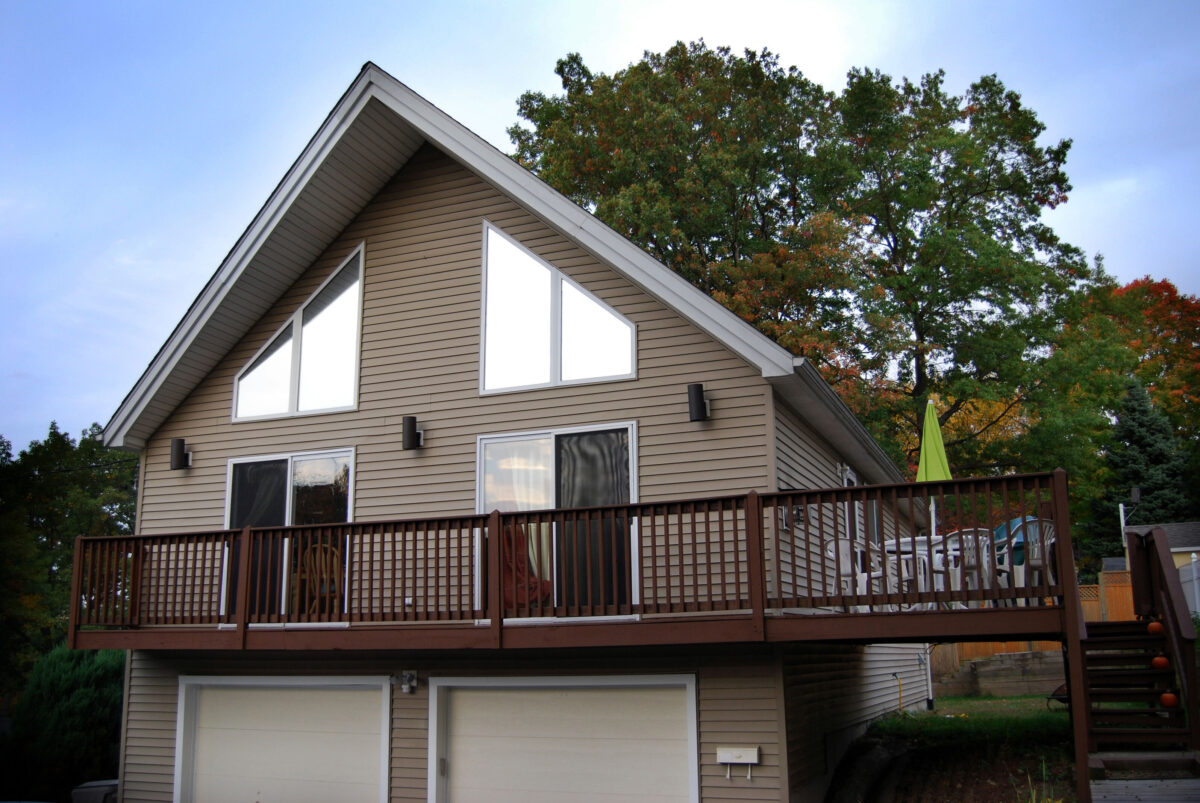The Untapped Potential of Supported Housing
Supported housing provides more than just a roof—it offers a lifeline for individuals with complex needs, including older people, those with learning disabilities, and those experiencing mental health challenges. The Local Government Association (LGA) has revealed that a significant investment in supported housing can yield substantial savings across public sectors while delivering life-changing benefits for residents.
With recent findings showing that £1.6 billion invested in supported housing could save over £3.4 billion, councils are urging the government to prioritize long-term funding for these vital services.
What is Supported Housing?
Supported housing combines accommodation with essential care, support, and supervision tailored to individual needs. It is a preventative measure that:
- Reduces hospital admissions: By providing a stable environment, supported housing decreases the likelihood of residents needing costly hospital care or residential support.
- Prevents re-admissions: With continuous care, residents are less likely to require repeat medical interventions.
- Enhances independence: Residents can live more autonomous lives while remaining connected to their communities.
This proactive approach not only improves quality of life but also reduces the financial burden on health and social care systems.
Case Studies: Real Impact of Supported Housing
The social and economic benefits of supported housing are evident in case studies highlighted by the LGA:
- Bradford’s Cost Savings for the NHS: A supported housing scheme in Bradford demonstrated savings of up to £47,000 per person for the NHS by minimizing hospital and care home admissions.
- Medway’s Employment Initiative: In just nine months, Medway’s program helped 151 people with complex needs secure employment or training, promoting self-reliance and reducing dependency on social services.
These examples underscore the transformative potential of supported housing when adequately funded and effectively managed.
Challenges Facing Supported Housing
Despite its proven benefits, supported housing faces significant challenges due to:
- Cuts in funding: The removal of ring-fenced funding in 2011 led to a decline in spending, jeopardizing the quality and availability of services.
- Unregulated providers: Without proper oversight, some housing providers fail to meet the necessary standards, undermining the system’s integrity.
- Uncertainty in council budgets: Nearly one-third of councils report they may struggle to meet their Care Act duties, signaling an urgent need for financial stability.
Why Investment in Supported Housing is Critical
Investing in supported housing is more than just a compassionate choice—it’s a financially sound decision. The LGA estimates that:
- Every £1 invested in supported housing saves £2.13 in public sector spending.
- Long-term funding allows councils to plan and deliver sustainable solutions, reducing reliance on short-term fixes.
Moreover, supported housing fosters dignity, independence, and community engagement, aligning with broader societal goals.

The Role of Preventative Care
Supported housing is a cornerstone of preventative care, but it is not the only solution. Complementary measures include:
- Home adaptations: Modifying homes to meet residents’ needs reduces accidents and supports aging in place.
- Community support initiatives: Combatting isolation and loneliness improves mental health and reduces strain on health services.
- Early intervention programs: Identifying and addressing needs before they escalate helps control costs and enhance outcomes.
Call to Action: Sustainable Funding for Supported Housing
The Supported Housing (Regulatory Oversight) Act 2023 marks progress by improving oversight and quality standards, but more is needed. The LGA is calling on the government to:
- Reintroduce ring-fenced funding: Secure, dedicated budgets ensure that councils can invest in high-quality, sustainable housing.
- Establish a Housing Support Fund: A long-term funding mechanism would enable councils to plan effectively and address local needs comprehensively.
- Focus on prevention: Allocating resources to preventative care reduces costs across public services, from healthcare to social support.
The Bigger Picture: Cost Savings and Social Value
Investing in supported housing benefits everyone, not just the residents. Here’s how:
- For the NHS: Reduced hospital admissions and re-admissions alleviate pressure on overburdened healthcare systems.
- For communities: Individuals in supported housing can contribute more actively to their communities, enriching social cohesion.
- For taxpayers: Long-term cost savings free up resources for other essential public services.
Conclusion: Building a Better Future
Supported housing is not just an expense—it’s an investment in people, communities, and the future of public services. By prioritizing sustainable funding and focusing on prevention, the government can create a system where individuals receive the care they need while saving billions for taxpayers.
Now is the time for bold action. By committing to supported housing and preventative care, we can build a society where dignity, independence, and opportunity are within reach for all.
For more details on how supported housing is shaping communities, visit LGA Supported Housing Resources

